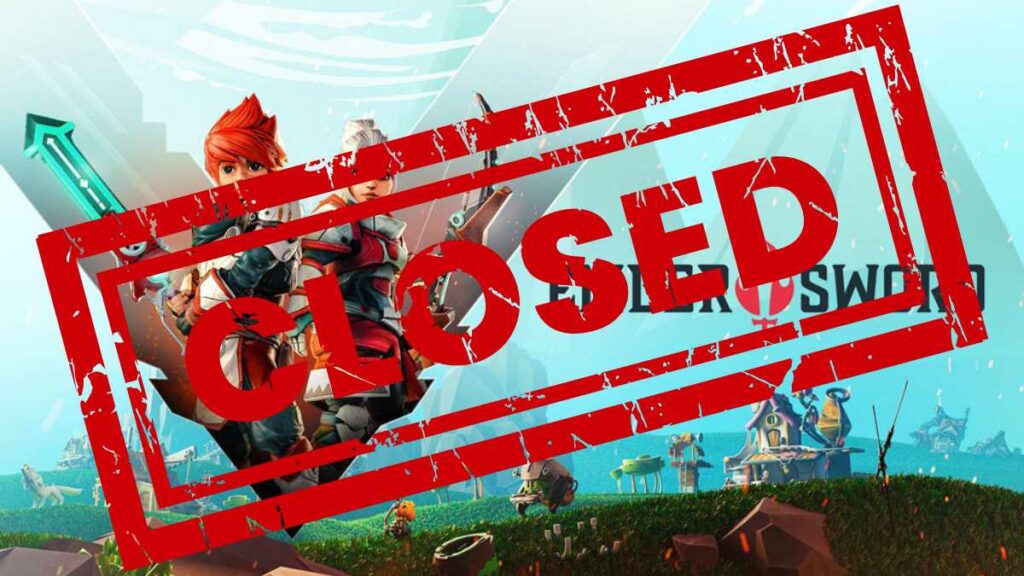In May 2025, at least six Web3 games shut down. The token-first model is collapsing. Only real games built for players will survive. The idea that “players want to earn money while gaming” is falling apart. And May is making that very clear. In just three weeks, at least six Web3 games have shut down, exposing the harsh reality behind years of speculation.
The latest to go was Ember Sword, a long-hyped MMORPG that promised epic blockchain-powered gameplay but never delivered a compelling experience. Before that, we lost Cards of Ethernity, Chain Crisis, Mighty Action Heroes, Metacore Arena, and Castaways. Different genres, same mistakes.
It’s not just the shutdowns — it’s the emptiness
What all these closures have in common isn’t genre or chain. It’s the lack of actual gameplay. These weren’t games people wanted to play — they were systems designed around tokens, roadmaps, and upside potential. And in a world where players have access to millions of polished free-to-play games with solid design, that’s not nearly enough.
Chain Crisis had an intriguing aesthetic but collapsed under clunky mechanics and friction. Mighty Action Heroes presented itself as a punchy battle royale, but the core loop felt thin. Cards of Ethernity offered CCG mechanics with little depth. Metacore Arena failed to gain any real traction. Castaways simply vanished.

And Ember Sword? Years of devlogs and vague promises couldn’t cover the fact that there was never a truly fun game at its core.
Players are not investors
These projects were built on a financial logic imported from DeFi — designing tokenomics before gameplay, promising “ownership” before delivering worlds worth exploring.
But gamers, especially those coming from traditional platforms, aren’t early investors. They’re not here to speculate. They’re here to play. They want to feel something: progress, challenge, mastery, immersion. Not dashboards and staking tutorials.
Real games are still alive
Take something simple like Call of Duty: Mobile Season 5. It adds a jungle map, shapeshifting enemies, and a revamped classic map for mobile pacing. Not groundbreaking. But playable, responsive, and tuned for fun.
That’s the baseline Web3 needs to hit. Most current titles don’t even come close. Web3 doesn’t have to be disruptive to be good. But if it insists on being different for the sake of it, it’ll keep falling.
FutureGamingDaily stands here
Let’s be blunt: if you can’t enjoy it without thinking about tokens, it’s not a game.
- Blockchain is no excuse for poor design.
- NFTs don’t replace level progression.
- And “community” can’t just mean holders waiting for price action.
At FutureGamingDaily, we only cover games that get this. Tech is cool — but gameplay comes first. If it’s not fun, it won’t last. This isn’t a rough patch. It’s a correction. The space is cleaning out the games that never respected players in the first place.
What remains will be better. Studios that focus on game design, UX, and retention will survive. Blockchain will become background tech — optional, invisible, and genuinely useful where it makes sense. Some are already moving in the right direction. Shrapnel, Champions Ascension, Deadrop — titles that, whatever their flaws, understand that a game must be playable first, Web3 second.
And if Web3 gaming has a future, it’ll be through that door. The other one leads to six dead servers in May.
Gaming Strategist & Trend Analyst
With a background in game economics and digital culture, METAREPORT connects the dots. He dissects trends, deciphers strategies, and delivers data-backed insights for gamers, creators, and investors alike.




